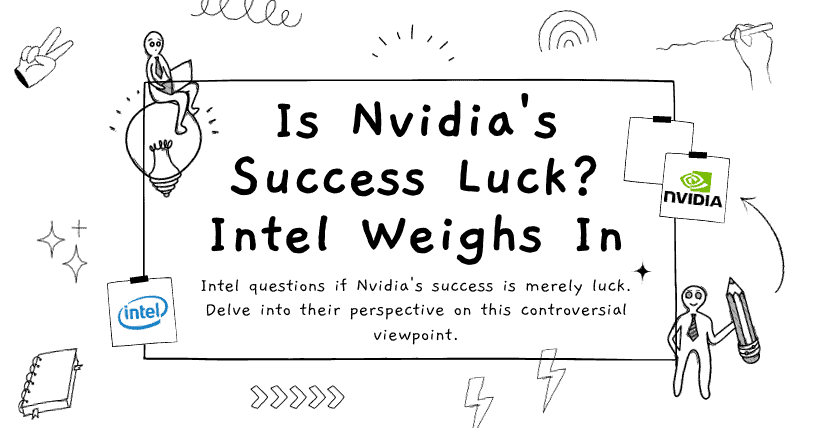Intel, after announcing breakthroughs in its next-generation chip technology, is aiming to regain its dominant position in the global semiconductor market.
CEO Pat Gelsinger has boldly claimed that Intel will defeat TSMC within two years and even expressed interest in manufacturing chips for NVIDIA in the future.
Gelsinger’s determination since taking over in 2021 is to restore Intel’s former glory. He previously hinted at competing with TSMC by 2025 using 1.8nm (18A) technology, prompting a response from TSMC.
TSMC claims that its 3nm technology matches Intel’s 18A in chip performance, power consumption, and size, with an earlier market release date for its 3nm chips.
Gelsinger emphasized Intel’s innovations with the 18A technology, particularly highlighting the new backside power delivery design, suggesting that it competes on par with TSMC’s 2nm (N2) technology. He asserted that Intel’s 18A outperforms TSMC in chip efficiency, power consumption, and size, additionally pointing out that TSMC’s N2 technology is costlier, providing Intel with an advantage.
Despite delays in subsidies from the US government under the “Chip Act,” Intel remains committed to investing in the US, challenging TSMC’s leading position in advanced semiconductor manufacturing. There were speculations about Intel potentially manufacturing chips for NVIDIA in the future.
Gelsinger stated that details about chip manufacturing clients would remain confidential due to the sensitivity of business secrets involved in foundry operations.
The success of Intel is crucial for US national security since it’s the only US enterprise capable of domestically producing chips at scale.
Intel recently held an “AI Everywhere” event, unveiling new AI laptop processors and server chips. Gelsinger is actively pushing the “Chip Office” to accelerate their pace, likening the US Department of Commerce to a dog chasing a bus.
He expressed anxiety about the timing of fund allocations, urging for quicker actions considering the scale of the Chip Act, indicating a willingness to invest significant amounts immediately.
Intel’s innovations with 18A, particularly in new transistors and backside power delivery, are believed to give them an edge over TSMC. The higher packaging costs for TSMC chips could further amplify Intel’s cost advantages.
Regarding the next decade’s AI advancements and US-China leadership, Gelsinger highlighted computational capabilities, data accessibility, and innovative algorithms. He emphasized the US’s strengths in computational power and openness for accessing substantial data, alongside its innovation culture.
When discussing AI, Gelsinger believes the past decade’s major AI innovations have emerged from Western countries and doesn’t anticipate a significant shift in this trend.
He also mentioned that NVIDIA’s success in the AI industry was more fortuitous, emphasizing that Intel could have had similar success if not for certain project decisions.
However, NVIDIA’s Bryan Catanzaro countered Gelsinger’s opinions, claiming that Intel lacks a vision and execution strategy to achieve success in the AI hardware industry.
This exchange between Intel and industry counterparts showcases the competitive landscape and differing perspectives within the semiconductor and AI sectors.


Related:
- Who Invented Ethernet? Uncover the Full Story Here
- Raptor X17 Unveiled: i9-14900HX, RTX 4090, 96GB RAM!
- Intel 300 Series Review: Top Dual-Core Performance!
- Intel NM Launch: Pioneering 3D Foveros Chip Production
- Intel Explores CEO Options as Leadership Transition Looms



